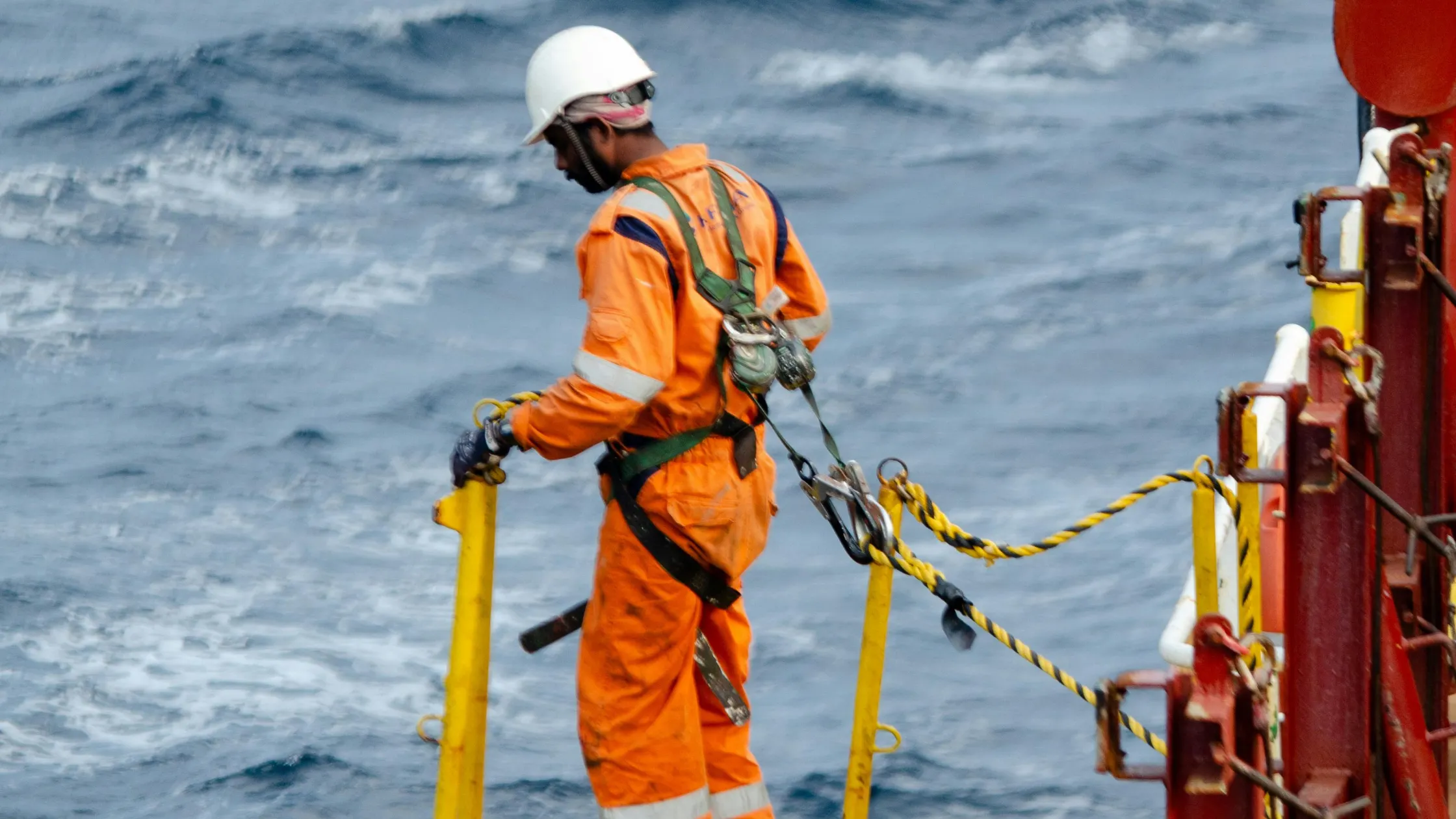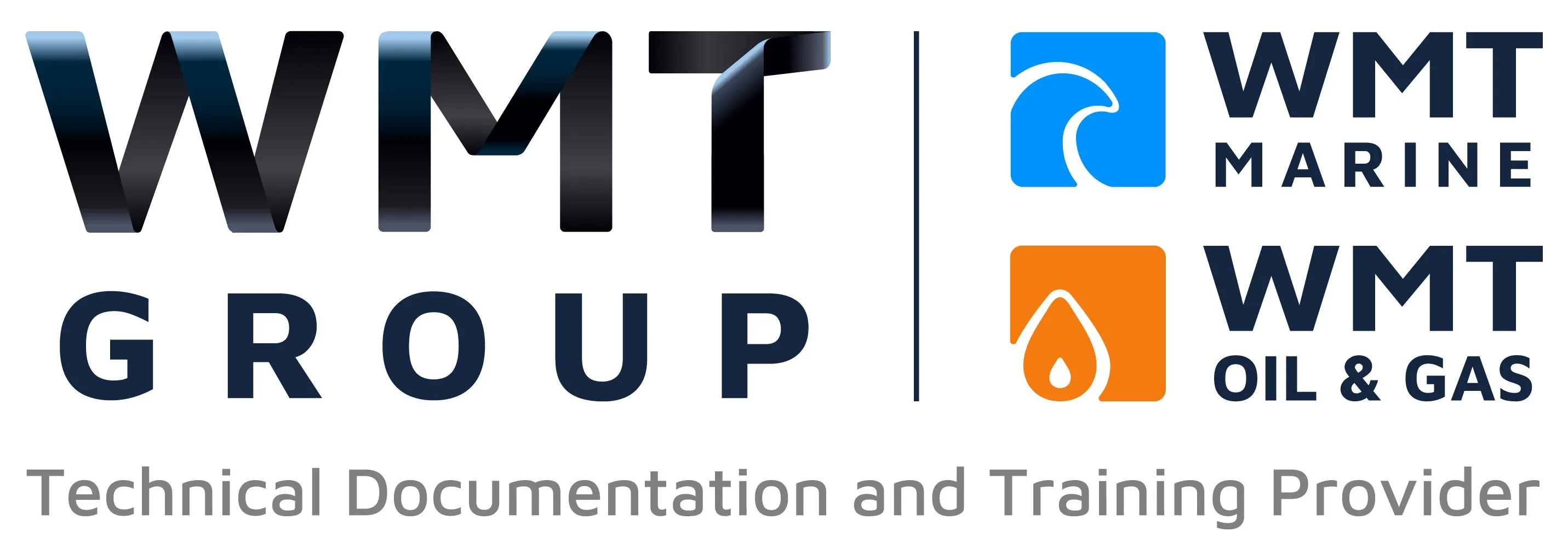Regulatory Requirements for Offshore Platform Manuals: A Complete Guide

Offshore platforms operate in high-risk environments, requiring strict safety, environmental, and operational compliance. To ensure regulatory adherence, companies must develop comprehensive offshore platform manuals that align with industry standards and legal requirements.
This guide outlines the key regulatory requirements for offshore platform manuals, helping operators create clear, compliant, and effective documentation.
Why Offshore Platform Manuals Are Essential
Offshore platform manuals serve as a critical reference for crew, engineers, and regulatory inspectors. Proper documentation ensures:
✅ Safety Compliance – Reduces risks of equipment failure, oil spills, and accidents.
✅ Legal Adherence – Meets HSE, API, IMO, and ISO offshore regulations.
✅ Operational Efficiency – Provides step-by-step procedures for platform operations.
✅ Emergency Preparedness – Outlines response protocols for fires, leaks, and evacuations.
✅ Audit Readiness – Helps pass regulatory inspections with up-to-date documentation.
Without structured manuals, offshore operators risk fines, operational delays, and safety breaches.
Key Regulatory Requirements for Offshore Platform Manuals
1️⃣ Health, Safety & Environmental (HSE) Regulations
- HSE Offshore Safety Directive – Covers risk assessment, hazard identification, and emergency response.
- Control of Major Accident Hazards (COMAH) – Requires documentation of major hazard prevention.
- OSHA 1910 Subpart O – U.S. standards for oil and gas safety compliance.
📌 Requirement: Offshore platform manuals must include detailed safety procedures, risk assessments, and PPE requirements.
2️⃣ International Maritime Organisation (IMO) Regulations
- SOLAS (Safety of Life at Sea) – Covers fire safety, navigation, and emergency drills.
- ISM Code (International Safety Management) – Requires structured safety management systems (SMS) for offshore operations.
📌 Requirement: Manuals must outline fire prevention, evacuation procedures, and equipment maintenance schedules.
3️⃣ American Petroleum Institute (API) Standards
- API RP 75 – Guidelines for offshore safety and environmental management systems (SEMS).
- API 14C – Safety analysis for offshore production systems.
- API RP 2D – Requirements for offshore crane operations and lifting procedures.
📌 Requirement: Offshore platform manuals should include structural integrity procedures, maintenance logs, and equipment safety checks.
4️⃣ ISO Offshore Standards
- ISO 13628 – Standards for subsea production systems.
- ISO 14224 – Guidelines for offshore equipment reliability and maintenance.
- ISO 45001 – Occupational health and safety management systems.
📌 Requirement: Manuals must provide detailed inspection routines, reporting formats, and hazard mitigation strategies.
5️⃣ Environmental Protection Requirements
- MARPOL Annex I – Prevents oil pollution from offshore platforms.
- EU Offshore Safety Directive – Mandates environmental risk assessments.
- EPA Offshore Regulations – Covers waste management and spill response plans.
📌 Requirement: Documentation should include pollution control measures, waste disposal guidelines, and emergency spill response actions.
Best Practices for Creating Offshore Platform Manuals
📝 1. Use a Clear, Standardised Format
A well-structured manual improves usability. Follow this format:
📌 Title Page – Document name, version, and approval details.
📌 Table of Contents – Easy navigation.
📌 Introduction – Purpose, scope, and compliance requirements.
📌 Safety & Emergency Procedures – PPE, evacuation plans, fire suppression.
📌 Operational Guidelines – Platform startup, shutdown, maintenance.
📌 Environmental Protection Measures – Waste management, spill prevention.
📌 Regulatory Compliance Section – HSE, API, IMO, and ISO references.
📊 2. Include Visual Aids
- Diagrams & Schematics – Illustrate platform systems and emergency exits.
- Flowcharts – Show step-by-step safety and operational processes.
- Tables – Provide maintenance schedules and regulatory checklists.
📄 3. Keep Documents Updated
- Regular audits and reviews ensure compliance with new regulations.
- Use digital documentation for real-time updates.
- Store manuals in cloud-based systems for easy access offshore.
Final Thoughts
Meeting regulatory requirements for offshore platform manuals is essential for:
✔ Ensuring safety and compliance with HSE, IMO, and API standards.
✔ Providing crews with clear operational and emergency procedures.
✔ Reducing legal risks, fines, and safety breaches.
If your company needs professionally developed offshore platform manuals, WMT Marine LTD provides expert documentation services to ensure your operations are safe, compliant, and efficient.
📞 Contact us today for expert regulatory documentation support!
